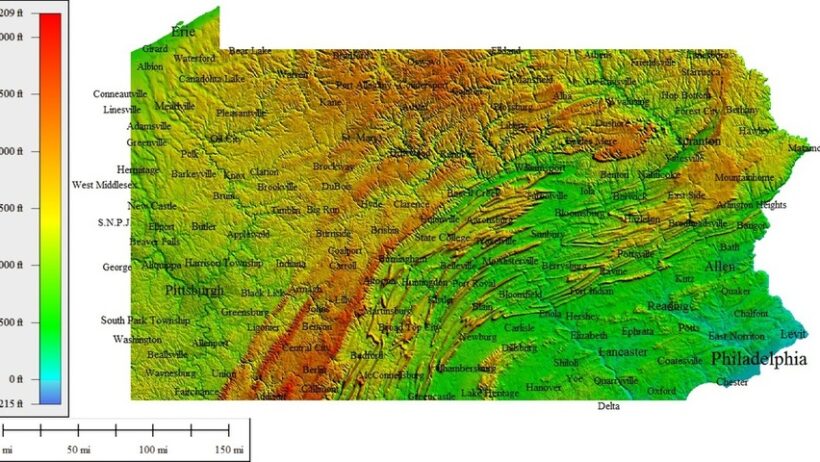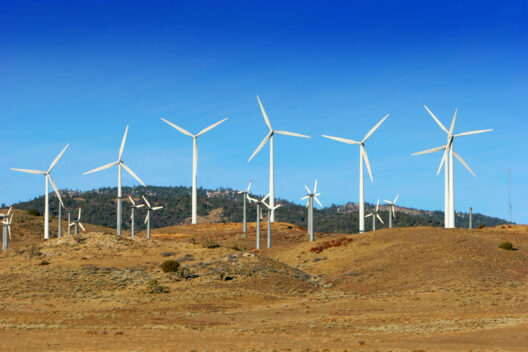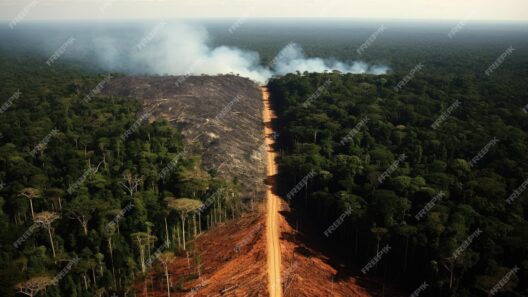In the heart of the northeastern United States, Pennsylvania presents a captivating tableau of climate dynamics. Its diverse climate is a reflection of its topographical variance, which boasts gentle hills, sprawling valleys, and significant waterways. This geographical kaleidoscope contributes to a climate that is both temperate and voluminous. Known for its four distinct seasons, the climate in Pennsylvania offers insights into meteorological patterns as they relate to broader global phenomena and serve as a microcosm of the environmental challenges faced today.
Delving into Pennsylvania’s climatic characteristics, one encounters the humid continental climate that predominates across much of the state. Characterized by warm summers, cold winters, and significant precipitation distributed throughout the year, this climate type creates a multifaceted environment teeming with biodiversity. Summer months often see temperatures ranging from the high 70s to mid-80s Fahrenheit, punctuated by occasional heatwaves. Conversely, winters can be starkly frigid, with temperatures frequently descending below freezing, especially in the mountainous regions. Snowfall varies markedly across the state, contributing to varying landscapes that affect agriculture, recreation, and urban planning.
Summer thunderstorms are a notable phenomenon, affording Pennsylvania the moniker of “Liberty Leaves and Lightning.” These storms, while often fleeting, can be electrifying in both thematic and literal senses. Lightning storms illuminate the night sky, creating a dramatic interplay of illumination that fascinates onlookers and underscores the volatility of nature. The warmth and humidity that characterize summer create the perfect conditions for these violent spectacles. Rainfall during these storms can lead to swift changes in local hydrology, influencing soil saturation and potential flooding.
The geographical diversity of Pennsylvania affects local microclimates. For instance, the Appalachian Mountains create orographic lift, leading to increased precipitation in the western regions. The eastern parts of the state, including cities like Philadelphia, experience milder conditions, making them attractive hubs of economic activity and population density. Urbanization, however, brings with it an array of climate challenges including the urban heat island effect, pollution, and increased runoff due to impervious surfaces.
One common observation is the pronounced change in seasons. Pennsylvania’s autumn, visually enthralling as trees transform into a riot of colors, draws visitors from near and far. Yet, this beautiful display is more than aesthetic pleasure; it represents the complex interactions between climate and ecology. The vibrant reds, yellows, and oranges arise from the breakdown of chlorophyll in leaves, a process accelerated by the cooler temperatures and shorter days typical of this season. Understanding these natural cycles raises deeper questions about the implications of climate change on seasonal variances and what it means for ecological balance.
Winter months in Pennsylvania bring about their own fascinations. The snow blanketing the landscape, coupled with historic farms and quaint towns, creates a picturesque setting that stirs sentiments of nostalgia and warmth. However, these fierce winters come with their challenges—delays in transportation, increased energy demands, and the strain on infrastructure. Snowmelt in the spring feeds rivers and streams, and if the winter is particularly harsh, it can lead to significant spring flooding. This cyclical nature of weather patterns highlights the interconnectedness of climate, environment, and society.
Climate change looms as an existential challenge for the state. While Pennsylvania has historically been an industrial powerhouse, the implications of a warming planet cannot be overlooked. Increasingly erratic weather patterns pose risks to agriculture—a primary economic driver in the state. Shifts in temperature can lead to crop failures, reduced yields, and loss of biodiversity. Farmers, accustomed to the rhythms of seasonal change, are finding it increasingly difficult to adapt. This urgency is echoed in the voices of environmental advocates working tirelessly to promote sustainable practices and mitigate the impacts of climate change.
The intertwined nature of local ecosystems is another area of concern. Pennsylvania’s forests, home to species ranging from majestic oaks to delicate ferns, are threatened by changing precipitation patterns and invasive species exacerbated by rising temperatures. Wildlife, too, is affected; shifts in habitat can lead to imbalances that disrupt local flora and fauna. The importance of habitat preservation, coupled with restoration initiatives, becomes paramount in the fight against climate degradation. Numerous conservation efforts are underway, aimed at preserving Pennsylvania’s natural heritage while simultaneously addressing the very real impacts of climate variability.
As Pennsylvania grapples with these challenges, it is essential to cultivate a culture of environmental stewardship. This is not merely an academic concern but a collective responsibility. Engaging communities in sustainable practices, promoting clean energy alternatives, and supporting local agriculture all contribute to a resilient future. The landscapes of Pennsylvania, from its rolling hills to its bustling cities, are a testament to the beauty and complexity of the natural environment, echoing the principle that preservation is integral to sustainability.
In conclusion, the climate in Pennsylvania is a rich tapestry of seasonal variability and ecological interdependence, marked by the nuances of geography and human activity. Understanding this climate not only sharpens our appreciation for its beauty but also galvanizes action to safeguard this treasure for future generations. The interplay of liberty leaves and lightning serves as a poignant reminder of the challenges ahead, highlighting the necessity for a conscientious approach to environmental policy and stewardship.







